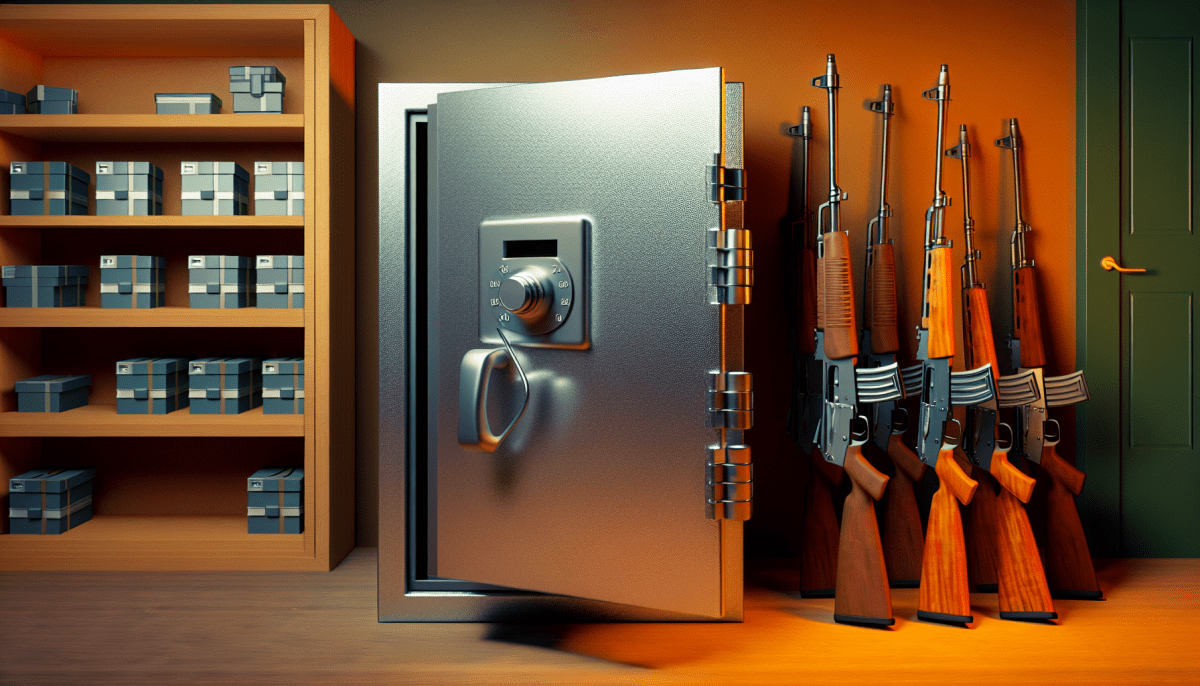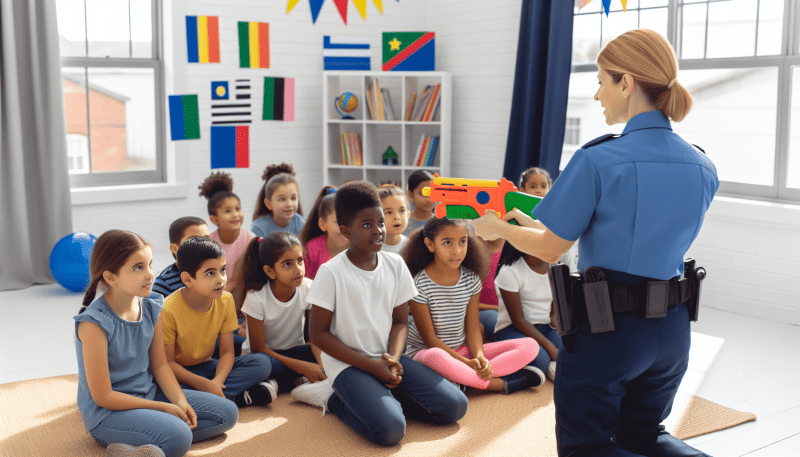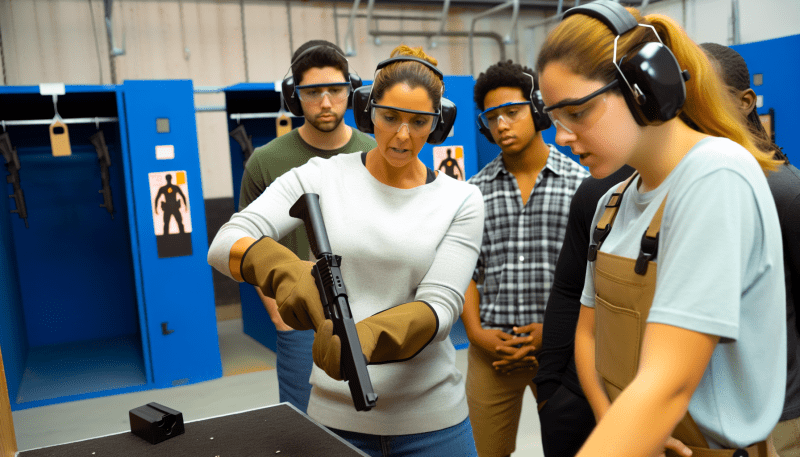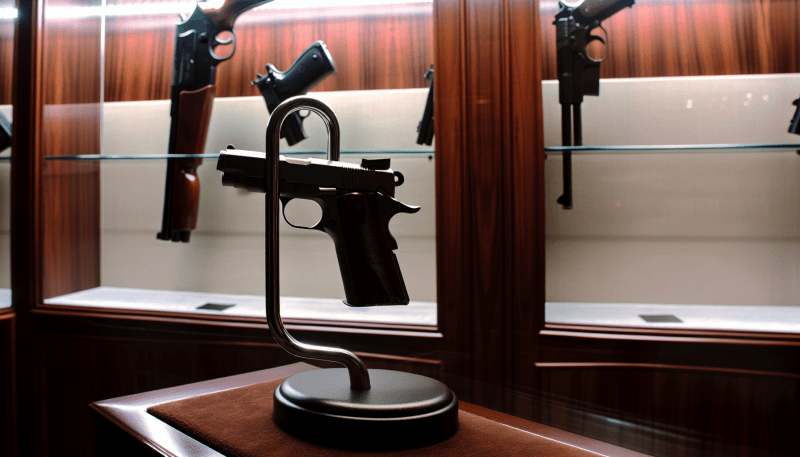Choosing the right gun safe is an essential step in securing your firearms. With so many options available, it can be overwhelming to decide which one best meets your needs. Start by considering the size of your collection. If you have just one or two firearms, a small safe may suffice. However, if you own several guns, larger safes with adjustable shelving might be more suitable.
Next, think about the type of locking mechanism that will work for you. There are three main types: combination locks, electronic keypads, and biometric locks. Combination locks are reliable and do not require batteries, while electronic locks offer quick access at the push of a button. Biometric safes use your fingerprint for instant access, providing a modern solution for those who prioritize speed.
Additionally, consider the safe's fire and water resistance. A fireproof safe can protect your firearms and important documents from damage in case of a fire, while water-resistant safes ensure that your valuables remain intact during floods or leaks. Look for safes that meet specific safety ratings to guarantee their capability to withstand various hazards.
Lastly, think about where you plan to place your safe. Make sure it fits well in your chosen location, whether that be a closet, basement, or even bolted to the floor. A safe that is difficult to access can deter you from regular use, but it should also be challenging for unauthorized individuals to get to. Always prioritize both accessibility and security in your final decision.
Understand Safety Features
When it comes to securing your firearms, understanding the safety features of a gun safe is crucial. Gun safes are designed not just to protect your weapons from theft, but also to prevent unauthorized access. A reliable gun safe should incorporate a variety of safety mechanisms that offer peace of mind to gun owners and their families.
One of the primary safety features to look for is a robust locking mechanism. Many gun safes come with a keyed lock, but these can be vulnerable to picking or brute force. Instead, consider models with electronic locks or biometric options that use fingerprints for access. These advanced locking systems provide a higher level of security and quick access in case of an emergency.
Another important safety aspect is the construction of the safe itself. Look for safes made from heavy-duty steel and with a secure hinging system. The thickness of the metal plays a significant role in how well the safe can withstand tampering. Additionally, some safes offer fire and water resistance, providing essential protection against unexpected disasters. This extra layer of security can protect not only your firearms but also your important documents and valuables stored inside.
Lastly, consider the internal organization of the safe. A well-designed interior with adjustable shelving and secure storage compartments helps ensure that your firearms and ammunition are stored safely and efficiently. Some safes also come with added features like lighting, which can be incredibly handy when accessing the safe in low-light conditions. Understanding these features will help you choose a gun safe that best fits your needs and enhances the overall safety of your firearms.
Proper Installation Tips
When it comes to securing your firearms, proper installation of your gun safe is crucial. The effectiveness of your safe hinges not only on its quality but also on how expertly it is installed. First, consider the location of your safe. Choose a spot that is discreet yet accessible. Avoid placing it in visible areas like garages or basements where it can be easily seen by guests or intruders.
Next, ensure that your gun safe is anchored securely to the floor or wall. Most safes come with bolts or mounting kits, and using them is essential. This prevents the safe from being easily tipped over or removed by someone trying to steal it. If you're unsure about how to anchor your safe properly, don't hesitate to consult the manufacturer’s instructions or enlist professional help.
Another important tip is to check the clearance around your safe. Make sure it has enough space for ventilation and that the door can swing open fully without obstruction. This not only ensures easy access but also minimizes the risk of damaging either the safe or its contents over time.
Finally, test the locking mechanism after installation. Ensure that it operates smoothly and reliably. Familiarize yourself with how to open and close it efficiently. Practicing this can help you feel more secure and prepared in case of an emergency. Following these installation tips will not only enhance the security of your firearms but also give you peace of mind.
Regular Maintenance for Longevity
Owning a gun safe is an important step in securing your firearms, but it’s equally essential to keep that safe well-maintained. Regular maintenance not only ensures that your safe remains functional, but it can also prolong its life, keeping your firearms secure for years to come. A well-cared-for gun safe can prevent rust, ensure proper locking mechanisms work smoothly, and maintain an airtight seal to protect against moisture and dust.
Start your maintenance routine by inspecting the exterior and interior of your safe. Look for any signs of rust or corrosion, especially if your safe is made of metal. If you notice any rust spots, it’s important to address them immediately. Clean the affected areas using a rust remover and reapply protective paint to prevent further damage. Additionally, check the seals and gaskets around the door. These components are crucial for keeping moisture out, so a small tear can lead to significant issues over time.
Another important aspect of maintenance is ensuring that the locking mechanism is functioning properly. Regularly test your safe's combination or keypad to confirm that it locks and unlocks smoothly. If you notice any stiffness or resistance, apply a small amount of silicone lubricant to the locking mechanism. This will keep it operating effortlessly and help prevent any potential malfunctions in the future.
It’s also a good practice to periodically review the contents of your gun safe. Avoid overcrowding, which can cause damage to your firearms and make it difficult to access them when needed. Organizing your safe not only keeps your firearms secure but also allows you to quickly identify if any items require special attention or care.



